Online financial trading, including Forex trading, is complex, and it is a well-adopted practice to learn from experienced traders. As a result, lessons from top FX and financial traders can help beginners build profitable strategies and improve their performance.
Below, we will list the best modern financial traders and derive lessons from their methods and techniques to define key criteria for successful trading.
Ray Dalio
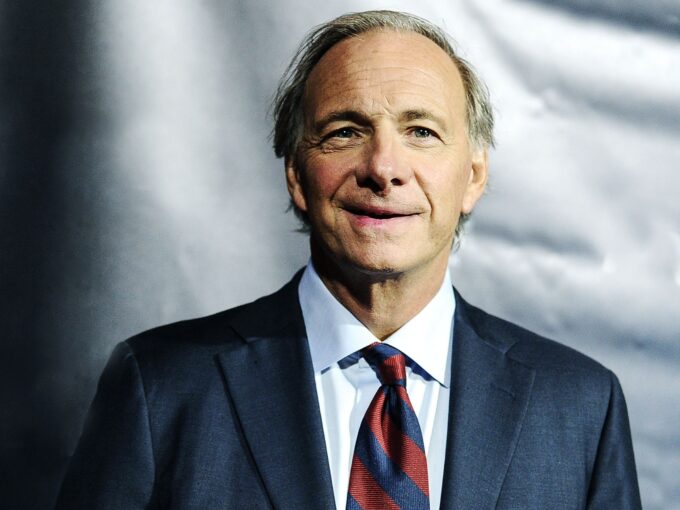
Learning from the best FX traders is crucial to ensure your strategy answers modern challenges in financial markets. We won’t focus on George Soros and other super-famous traders, rather, we will review the lessons from modern traders who have proven themselves lately.
Ray Dalio is a founder of Bridgewater Associates, which is well-known for its risk parity techniques and macroeconomic analysis. He also employs portfolio diversification and principles-based frameworks to systematize decision-making.
Lesson:
As we can see, Ray Dalio’s trading style involves using fundamental analysis and a systematic approach to make trading decisions coupled with portfolio diversification to mitigate risks. The best approach would be to use technical analysis and combine it with fundamental bias. An economic calendar is the best solution to always monitor major fundamental data and ensure there are no surprises while trading or investing.
David Tepper
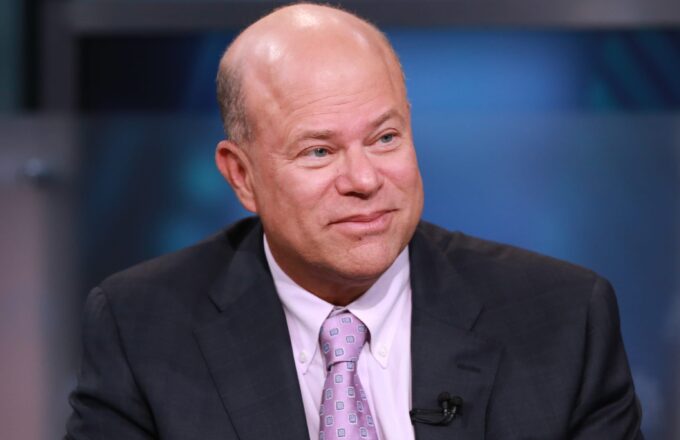
David Tepper is known for distressed debt and equity investing and is the founder of Appaloosa Management. He is a master of capitalizing on market overreactions, especially when there is a crisis present. For example, he gained profits in 2008 during bank bailouts. However, his main approach is value investing, meaning despite crises, he would analyze the asset to ensure the value was below its real intrinsic value and would only then invest in the asset. This is critical in trading and many famous traders like Michael Burry employ this approach to ensure higher win rates in the long run.
Lesson:
Use traders’ reactions to generate profits from rapid price movements when a major fundamental event happens. This could also include trading on some key financial data such as non-farm payrolls when it differs from expectations greatly. However, this approach is also risky for beginners because rapid price movements might make it difficult to enter and exit from markets in time.
Larry Williams
Larry Williams is a pioneer of technical analysis in financial trading, a method that has been widely popularized in modern trading. He was able to detect seasonal patterns and profit from them before they became a thing. In modern online financial trading, technical analysis remains the backbone of all decisions. It became so popular that even long-term investors employ it to spot key support, resistance, and psychological levels.
Lessons:
Use technical indicators to innovate your strategies and detect setups. What’s more important, adapt when traditional methods falter to maintain profitability. Try to incorporate psychological levels and chart analysis into trading and investing decisions for higher accuracy.
Carl Icahn
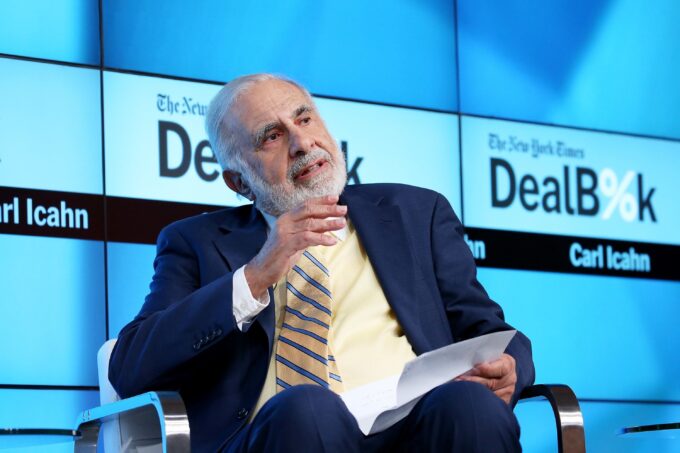
Carl was known as a “corporate raider” as his approach included acquiring significant stakes in undervalued companies and he would influence management to implement changes aimed at enhancing shareholder value. He was an activist investor who would also implement leveraged buyouts also known as LBOs. he would acquire debt to buy undervalued companies which is similar to leveraged trading where traders use high leverage to control large position sizes.
Lessons:
Focusing on undervalued assets could be an effective way to make profits. Look for stocks that are cheaper than the company by analyzing EPV (earnings power value) and similar ratios.
Bill Gross
The Bond king Bill Gross is a co-founder of PIMCO and is known for fixed-income trading. He was among the first to transform the bond market by active trading and his Total Return Fund became the world’s largest bond fund. By focusing on niche markets and learning about their ins and outs, traders can generate consistent profits.
Lessons:
Employ interest rate differentials and fundamental analysis for the definition of major trends in bond markets. If bond yields are rising then EUR/USD is poised to drop and the opposite is true when yield falls as these two are correlated negatively.
Michael Burry
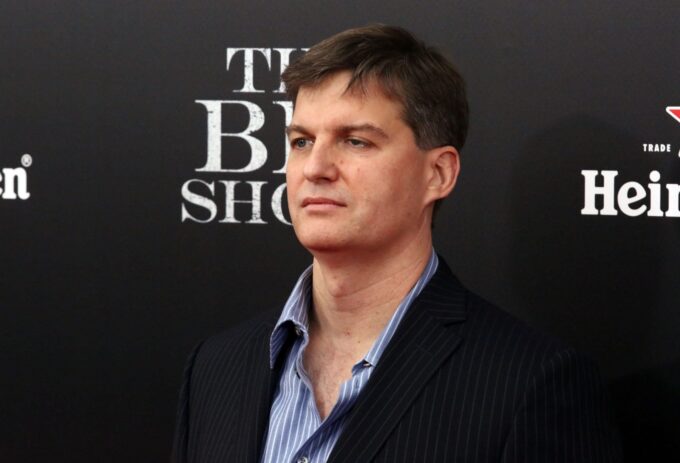
Michael Burry is a famous trader who shorted markets during the 2008 crisis. He employs fundamental analysis and researches companies and assets he invests in deeply. Michael Burry is an example of a contrarian fundamental trader whose bets are legendary. Nowadays, he continues to analyze stocks with his methods and he has been successful in finding stocks with great potential.
Lessons:
Research the fundamental factors behind currency pairs and analyze macroeconomic factors that can impact the price to make calculated bets and generate profits consistently. Never follow the crowd and always try to make your own trading and investing decisions based on your discrete and scientific method.
Ed Seykota
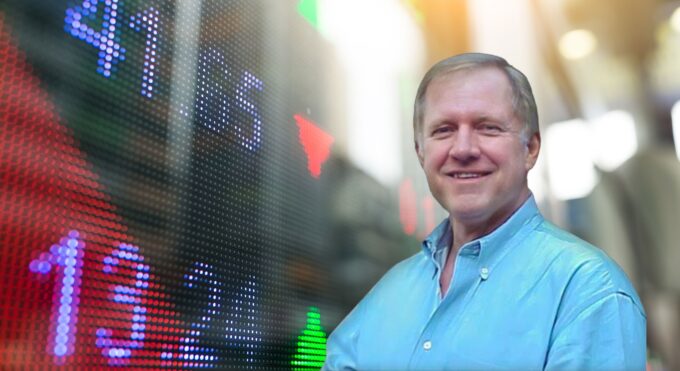
Ed Seykota is an example of a momentum trader who employs systems based on momentum shifts and trend-following. He is a mentor to Michael Marcus, a successful commodities trader who transformed his 30k USD investment into 80 million dollars. This just reflects the power of proper trend trading strategies and patience. However, trend trading is well-known for its lower win rates when compared to other trading methods and this is why Ed Seykota’s strong risk management discipline is critical.
Key lesson:
Cut losers early to let your winning trades run while maintaining strong risk controls. This is critical in every type of financial trading and is probably one of the most popular suggestions by seasoned traders. By employing timeless strategies such as trend trading and strict risk management, traders can generate consistent returns, even when their win rate is lower.
Key Takeaways
- Ray Dalio – Combine fundamental analysis with a systematic approach.
- David Tepper – Spot and exploit market overreactions during crises.
- Larry Williams – Innovate with technical analysis tools.
- Carl Icahn – Seek undervalued assets using value metrics like EPV.
- Bill Gross – Combine interest rate differentials with fundamental drivers.
- Michael Burry – Conduct deep fundamental research on your trading assets.
- Ed Seykota – Let the winning trades run and cut losses quickly.






